With veganism on the rise, it’s become a mainstream diet and lifestyle choice with nearly a 500% increase of people interested in veganism in the UK in the last 5 years.
The main principle of veganism is to refrain from any animal products or by-products – eating plant-based foods instead. Growing your own produce is the best way to have complete control over your diet and what you’re eating. Not to mention it will be cheaper, more nutritious and the crops will taste so much better.
Vegan advice
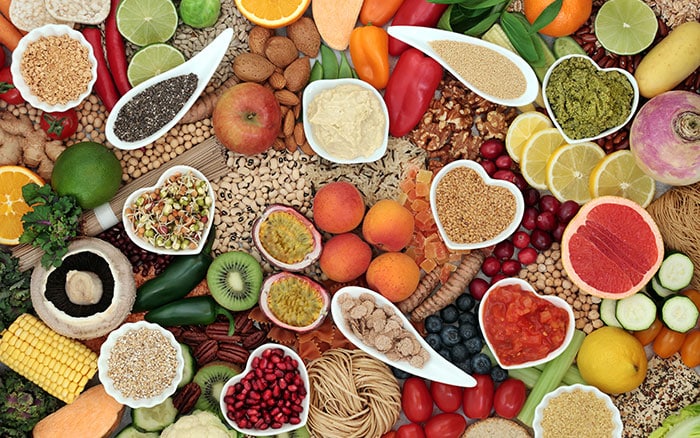
A vegan diet comprises of fruits, vegetables, nuts, grains, seeds, beans and pulses, so there are plenty of options to make delicious dishes that supply a huge range of the nutrients that your body needs. By replacing animal products with plant-based alternatives such as tofu, soya, jackfruit and lentils, you’ll find that you can still eat many of your favourite meals without compromising flavour.
Go nuts
You may believe that protein is hard to come by if you’re avoiding meat, but nuts provide us with a slow release of energy through the day, fibre, essential fatty acids and high amounts of protein. Pistachios and almonds are among the protein-rich foods, with 50g of pistachios containing more protein than one egg. Also, calcium is commonly linked to milk, yoghurts and dairy products but almonds and brazil nuts are great sources of calcium too.

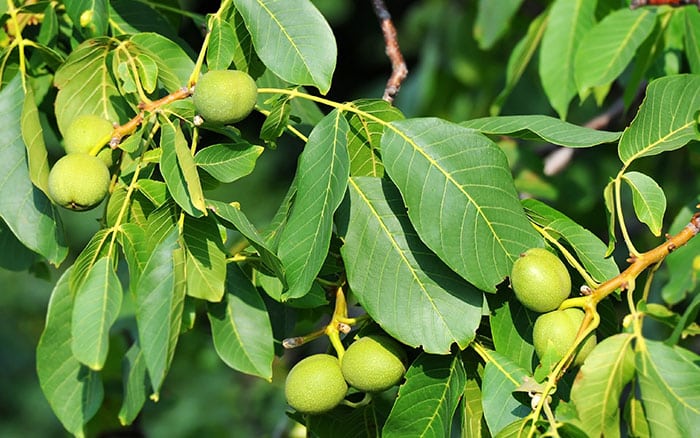
Surprisingly, hazelnuts, sweet chestnuts and walnuts can all be grown in the UK.
If positioned in a sheltered spot in full sun with well-drained soil, Corylus (hazel) trees or bushes will grow to about 6 metres high and 5 metres wide. They will start to produce hazelnuts after three or four years, but ideally, two or more cultivars should be planted for better pollination.
Walnut trees should be planted in full sun in well-drained, fertile, alkaline loam soil where it will begin to fruit after around four years, continuing to produce plentiful crops as it establishes.
Nuts can be incorporated into both sweet and savoury meals due to their versatility. They’re a ready-to-eat snack or can be added to dishes either cooked, raw, soaked or ground for spreads, ice-cream and milk.
Suitable substitutes
For some, avoiding animal products and by-products encompasses everything from materials used in clothing and furniture to beauty and grooming products. If you choose to adopt any vegan principles, including your gardening approach then there are plenty of products available.
All you need to do is keep on the lookout for a ‘V’ or vegan symbol on products.
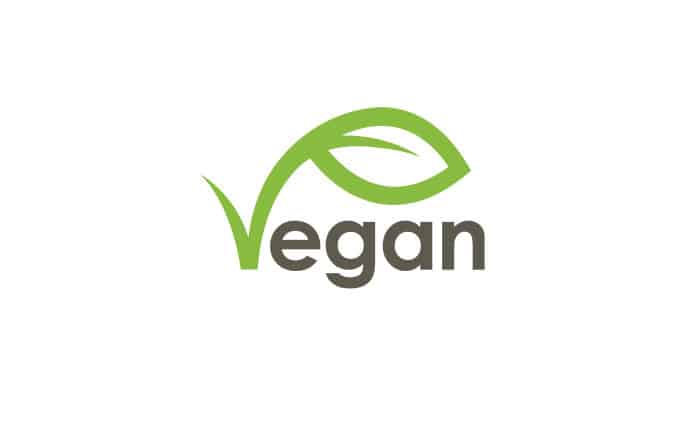
Although there is currently no legal requirement to label products as such, guidance released by the Food Standards Agency in 2006 stated that “manufacturers, retailers and caterers should be able to demonstrate that foods presented as ‘vegetarian’ or ‘vegan’ have not been contaminated with non-vegetarian or non-vegan foods during storage, preparation, cooking or display”.
Many companies opt to display vegan labelling anyway to helps customers make decisions. On Miracle-Gro’s® Performance Organics packaging, you’ll find information about this plant-based, high performing feed for your plants. The All-Purpose Liquid Plant Food is suitable for vegan growers and is gentle on your plants but mighty with helping growth – you will have visibly healthier plants in one week. As well as being kind to nature, they are also child, pet and bee-friendly, so your garden can still be a wildlife-haven.
Wonderful wildlife
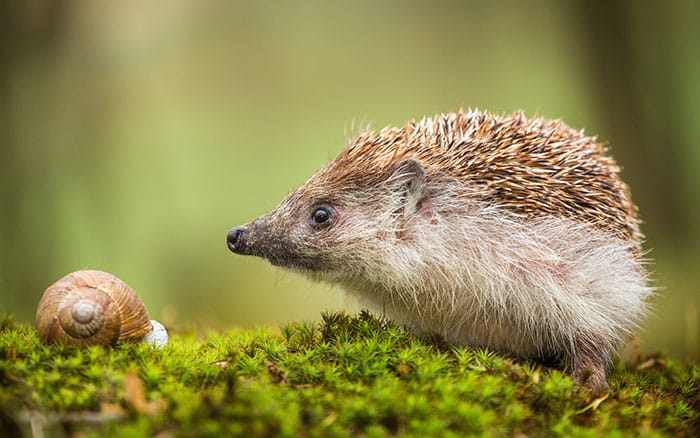
Insects and invertebrates are a crucial part of your garden’s eco-system and an essential link in the food chain.
At times, creatures can cause threat to your prized plants, but there are many ways to attract beneficial wildlife into your garden, whilst not having to directly eliminate creatures.
Slugs may begin to emerge if you’re growing young, green plants, but planting sacrificial vegetation as a food supply for the pest or attracting slug-eating mammals like hedgehogs to your garden will act as slug solutions. Invite hedgehogs to your garden by planting hedges instead of walls and providing a hedgehog home.
Pegan diet
Don’t confuse a vegan diet with a Pegan one—they’re very different. Pegan diets combine some of the principles from the paleo diet with veganism. The paleo diet comprises foods that were accessible in the Palaeolithic era 2.6 million years ago, including vegetables, fruit, nuts, fish and meat, but avoiding dairy, grains, sugar and legumes.
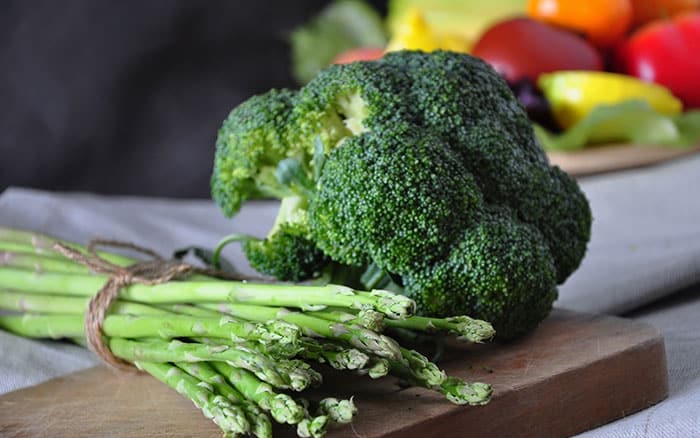
Peganism focuses on nutrient-dense, whole food – eating more vegetables and plants, whilst cutting back on processed foods. This benefits us because healthy fats help prevent disease, promote heart health, and reduce inflammation. Low-glycaemic veg such as asparagus, broccoli, cabbage and cauliflower make the bulk of the Pegan diet, alongside fruit, nuts (excluding peanuts), seeds, fish, meat, and eggs.
Whichever way you want to make changes to your diet or lifestyle, the garden gives us inspiration, motivation and production—it’s so easy to produce your own crops once you have the incentive to. Benefits abound for growing your own and planning a well-rounded diet is just one of them, so get planting to give your home-grown plate lots of vegan variety.
David Domoney is a Chartered Horticulturalist, Broadcaster, and Author. David has worked with a number of the UK’s leading garden retailers as a plant buyer and strategic consultant. With more than 30 years experience, in horticulture, David is as passionate about plants now as he was when he bought his first plant at a village fete.

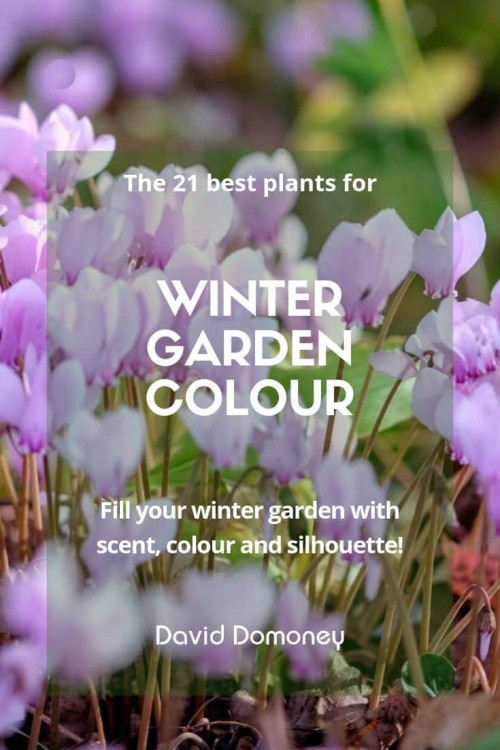


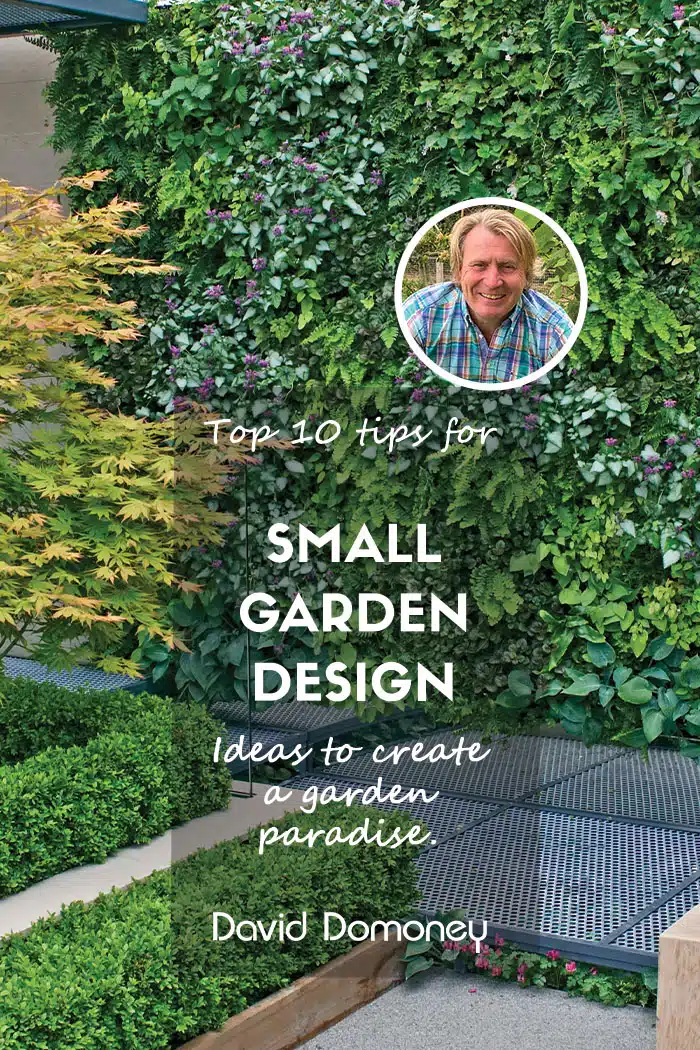
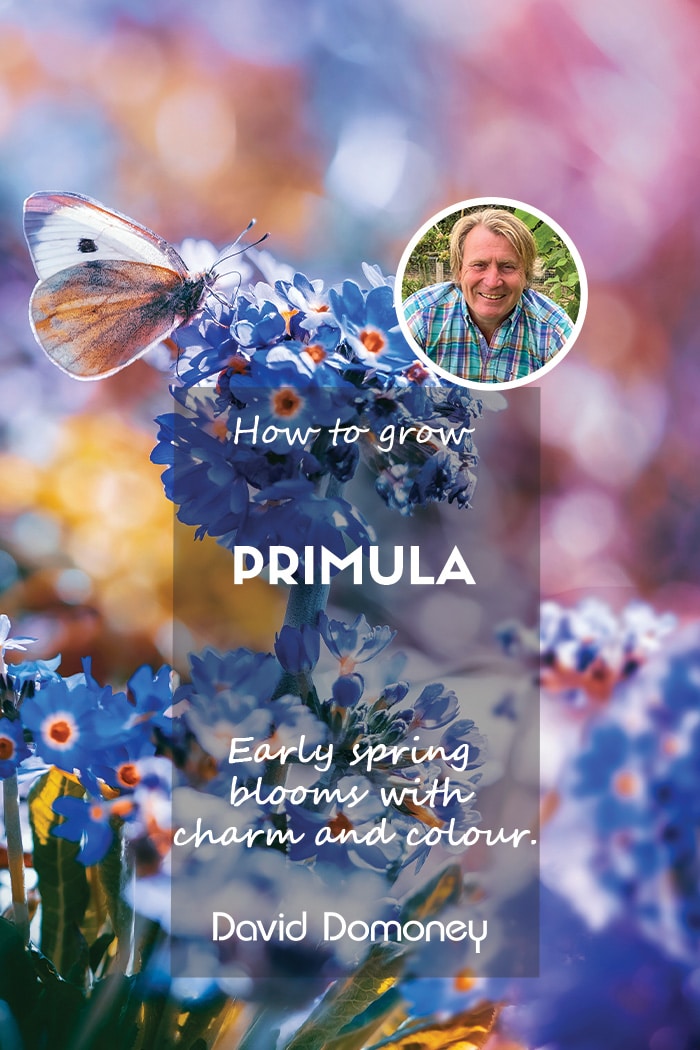
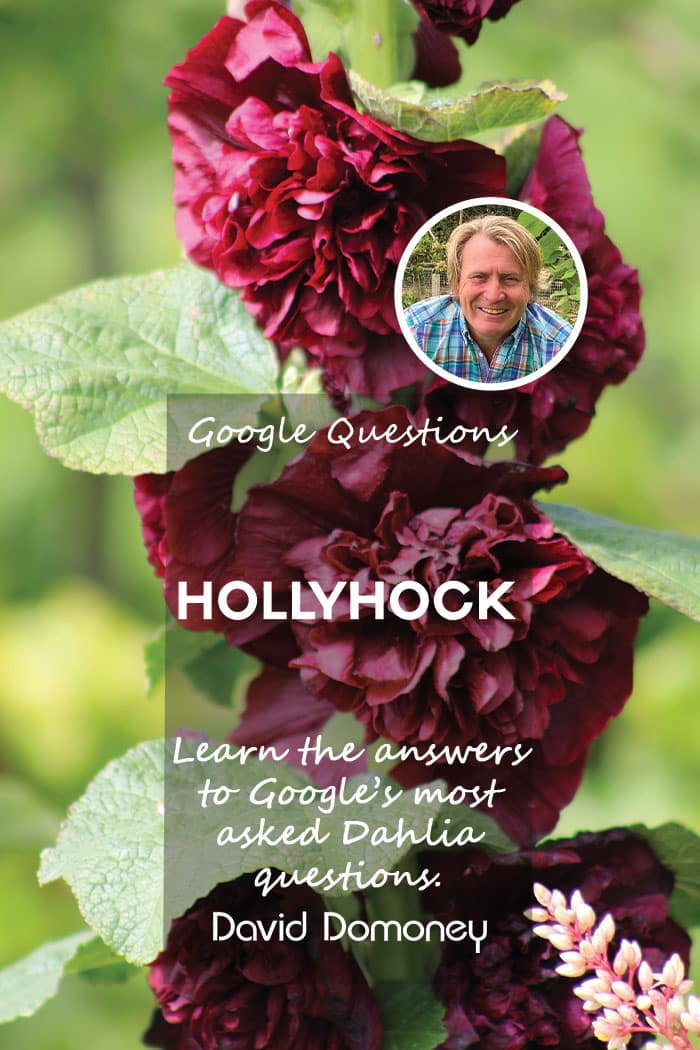
Leave A Comment